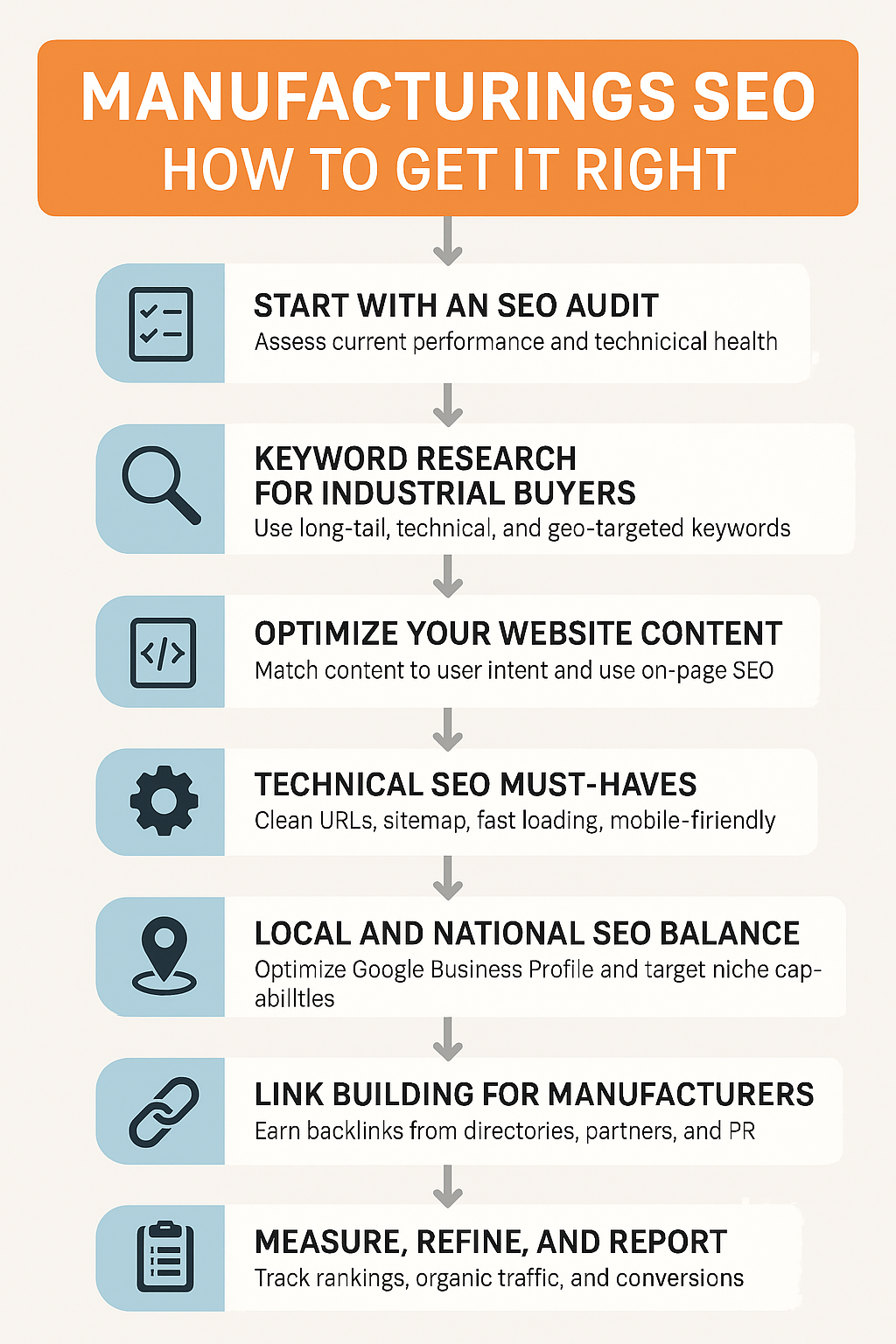As we monitor our customer’s sites we are seeing, understandably, a huge increase in traffic from mobile devices. What does that mean for your web site? What does that mean from a design perspective?
First it is important to understand that tablets (iPad, Kindle, Surface, and a variety of Android tablets) are considered mobile devices. So when we’re talking mobile devices, we’re talking everything from a BlackBerry (probably having the smallest screen) to the iPad and larger tablets.
It can be a nightmare trying to make things work across all these platforms. “it can’t be that bad.” You might be thinking. But you’re wrong. One of our sites has had over 350 mobile devices visit their site. 350.
Once upon a time we designed and tested our sites in three to five browsers and at least two different platforms (like Windows and Apple). Now the rules have changed.
If you are changing or updating your site, you’ll want to ask your web firm if your site will be mobile-friendly. But that phrase “mobile-friendly” can mean a lot of different things.
Here is what you should be aware of when planning for mobile:
- Often it is fine if your site simply appears small and can be pinched or unpinched to zoom in and out
- Navigation is different. If you have drop down menus on your site, test them on mobile. Often dropdowns work with a hover or mouseover. There isn’t a hover or mouseover on mobile.
- If you need a look substantially different from the desktop view for mobile devices, be prepared to spend more as you’ll essentially be designing two versions of your web site
- Make sure your web firm is using Cascading Style Sheets (CSS) that detect browser version and can serve up the mobile changes for a mobile device
- Be prepared for additional changes in the way people interact with their mobile devices (and therefore your mobile-friendly website) over the next 18 months. The only constant in web site development is change.



